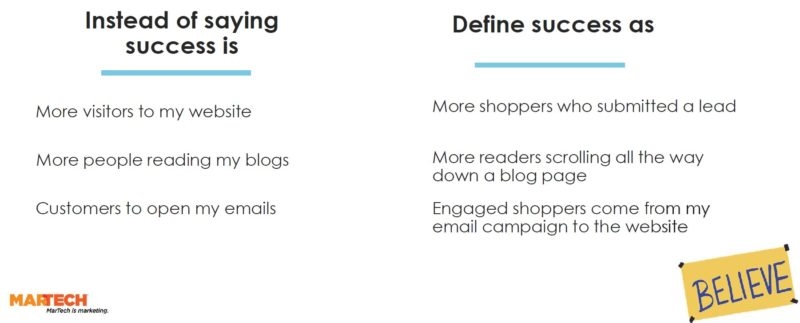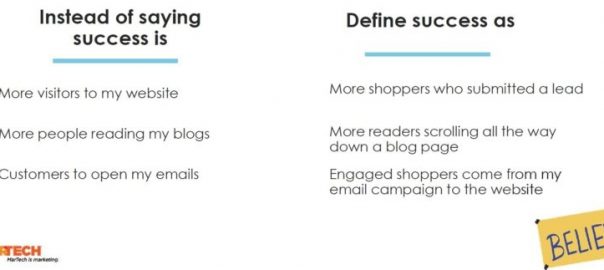GA4 isn’t about page views — it’s about different types of trackable events which provide actionable data..
The arrival of Google Analytics 4 has people understandably nervous. Using its increased capabilities means learning new processes and thinking about things in new ways. We’re here to help. Working with Colleen Harris, head of business intelligence and reporting strategy at Sincro, we’ve put together a multi-part guide to getting started with GA4.
The big difference between Universal Analytics and GA4 is that GA4 isn’t about page views — it’s about different types of events.
“Universal Analytics, when it first launched years and years ago, was all about how many people came to a page, when did they leave that page,” says Harris. “We got our bounce rate, but it was never an event-focused type of analytics system.”
In GA4 any interaction with a website or app is an event. User clicks, page views, purchases, searches and requests are all events and events can be tracked. Something that UA couldn’t do.
Three views of success
With that in mind, it’s essential to think about how we define and think about success. To start with, answer these questions:
- What do you think are the three success metrics for your website?
- What would your boss/client say are three success metrics for your website?
- What are three actions, conversions and actions on a website that a customer would consider successful?
“That’s going to allow you to see, do my ideas of success and what we’re tracking in a website align?” says Harris. “Because if you’ve got three different pillars in here and there’s not a little bit of overlap, then it’s time – before you start looking at GTA4 and setting it up properly – to rethink what really is success and what are we looking to track.”
With GA4 you have to be very organized and know what you want to get out of it right at the start. If you aren’t you will quickly get annoyed and frustrated with it. Knowing what success is will let you determine what to track.
What does that really mean in practice?
“We’re used to thinking of a success metric one way, but let’s rethink what that is,” says Harris. If you ask a client what information they want from their website “they will always say, ‘I want to know how many visitors come to the website.’”

GA4 provides actionable data
That number is a bad definition of success. You can’t build a strategy around that. You can build one around how many visitors engage with the website. Those are the visitors looking at photos, reading content, searching inventory, signing up for a newsletter and the like. Those are trackable metrics which provide actionable data.
Another example is from content marketing. A client will say they want to know how many people are reading a blog. The standard measurement is how many people went to the page and how long they stayed. That’s a superficial and misleading metric.
A better one is how many people are scrolling all the ways down the page.
“Yes, we know people are reading,” says Harris, “but we can track the readability by how far down they’re going to scroll and that’s going to be our success metric.”
GA4 users need to think about “what’s that tangible engagement, user-interaction metric that we can tie back to success,” she says. “Everything we’re doing now is focused on engagement and the individual interactions that happen.”
The post Getting started with Google Analytics 4: Redefine success appeared first on MarTech.
(23)








